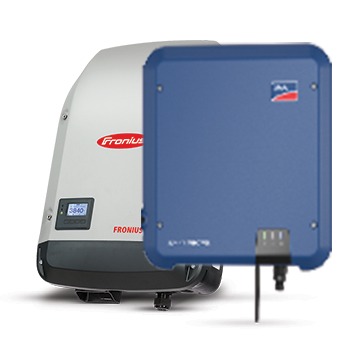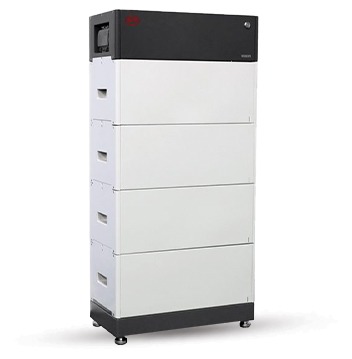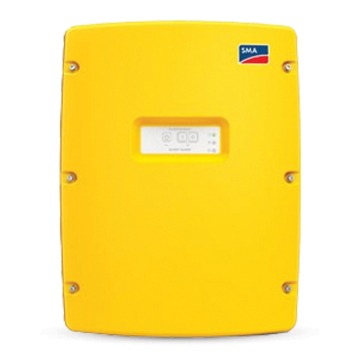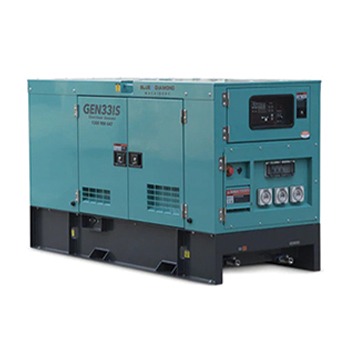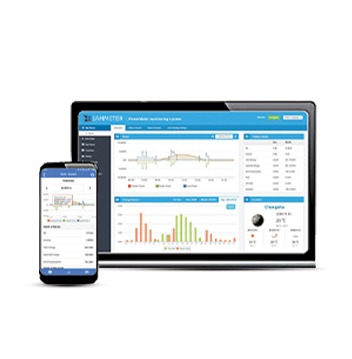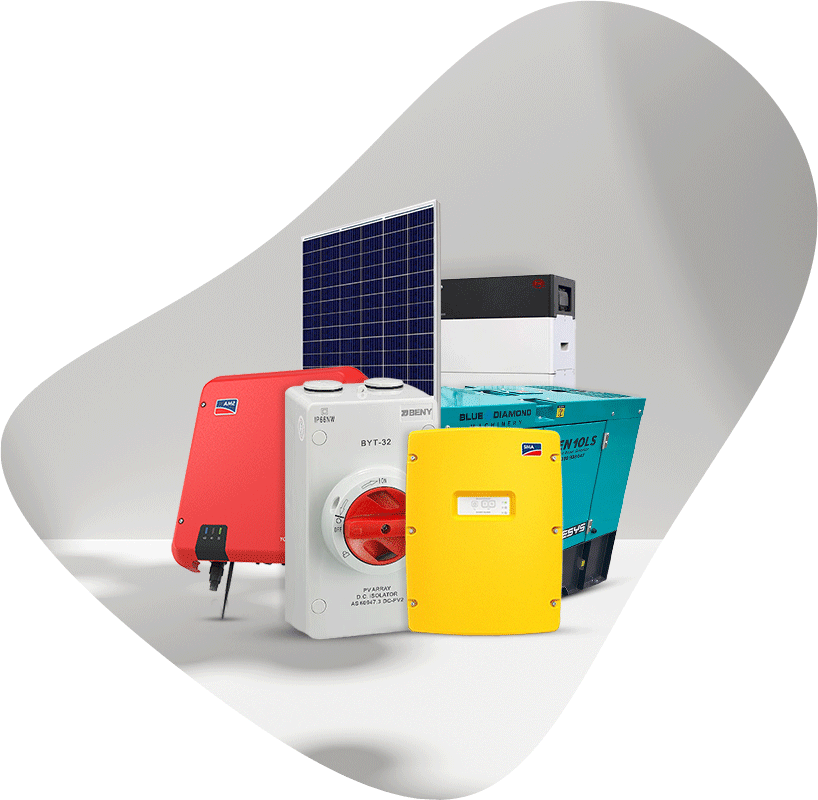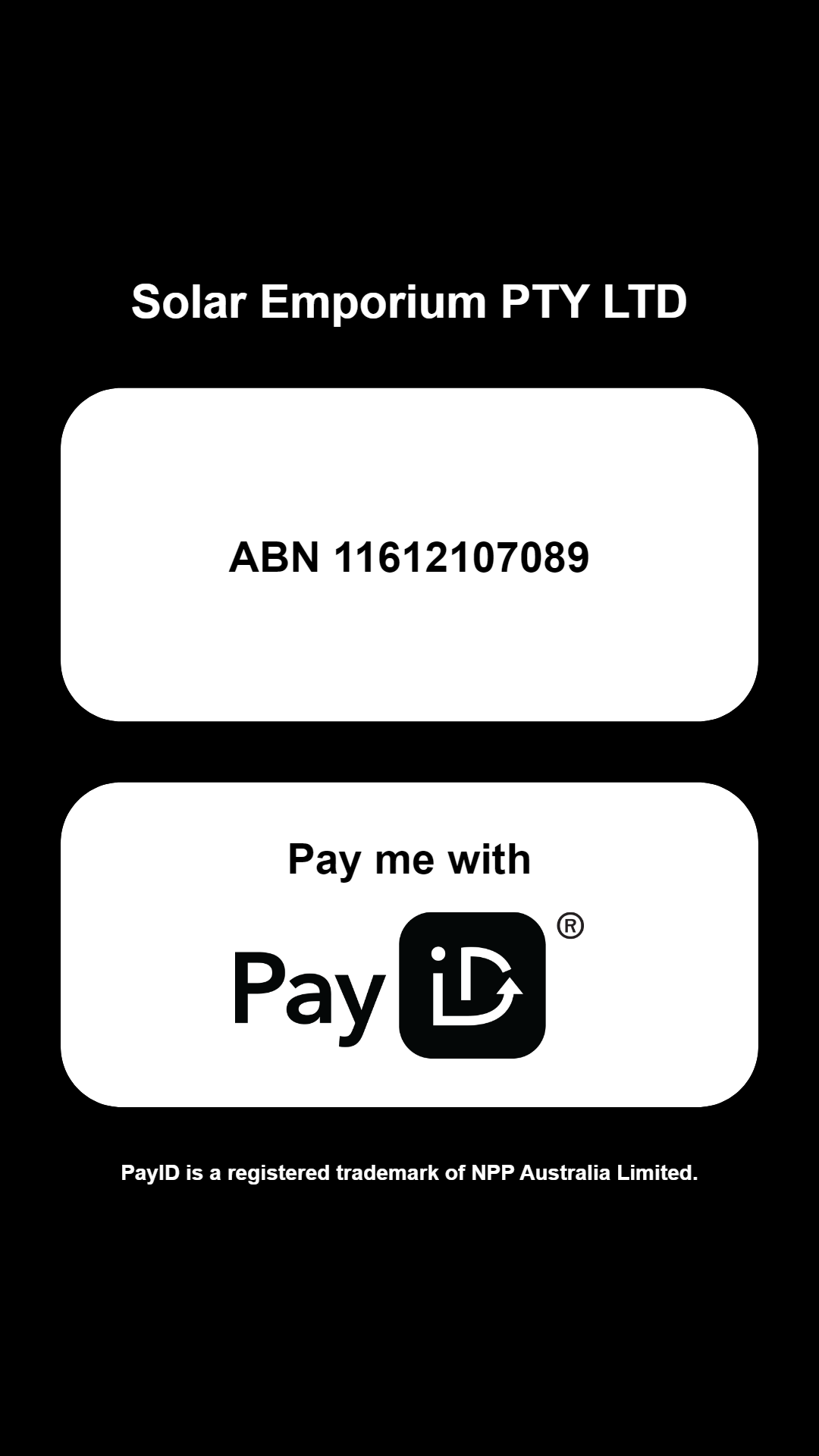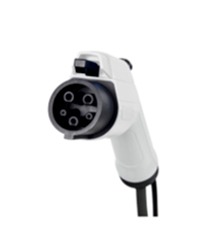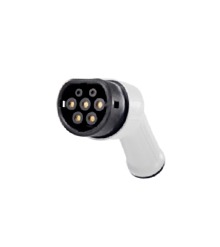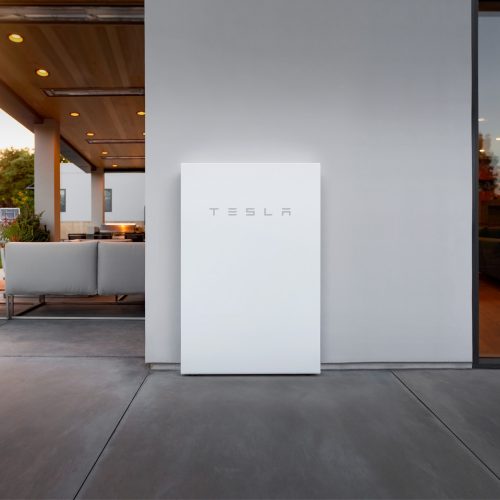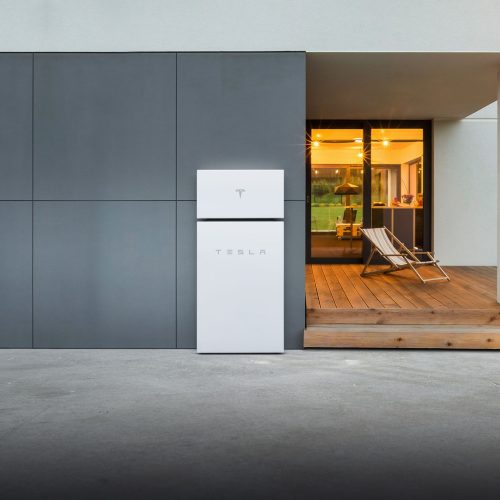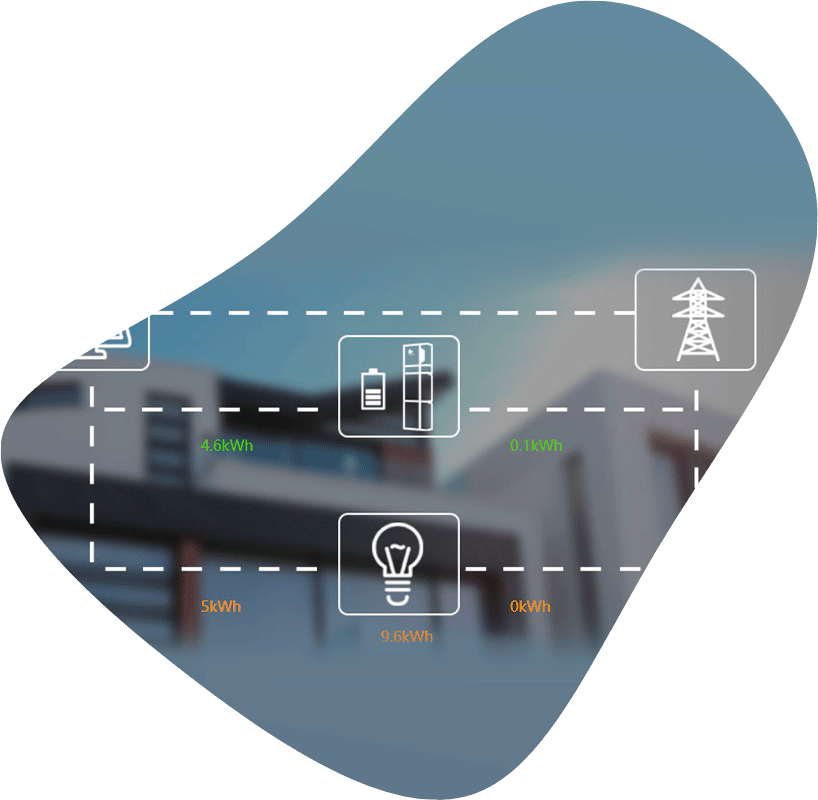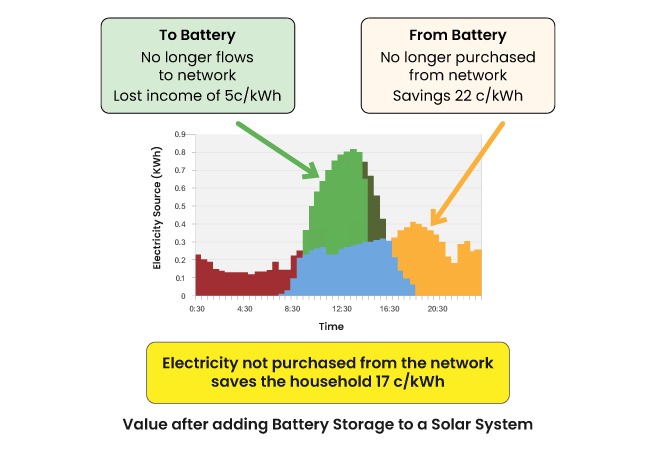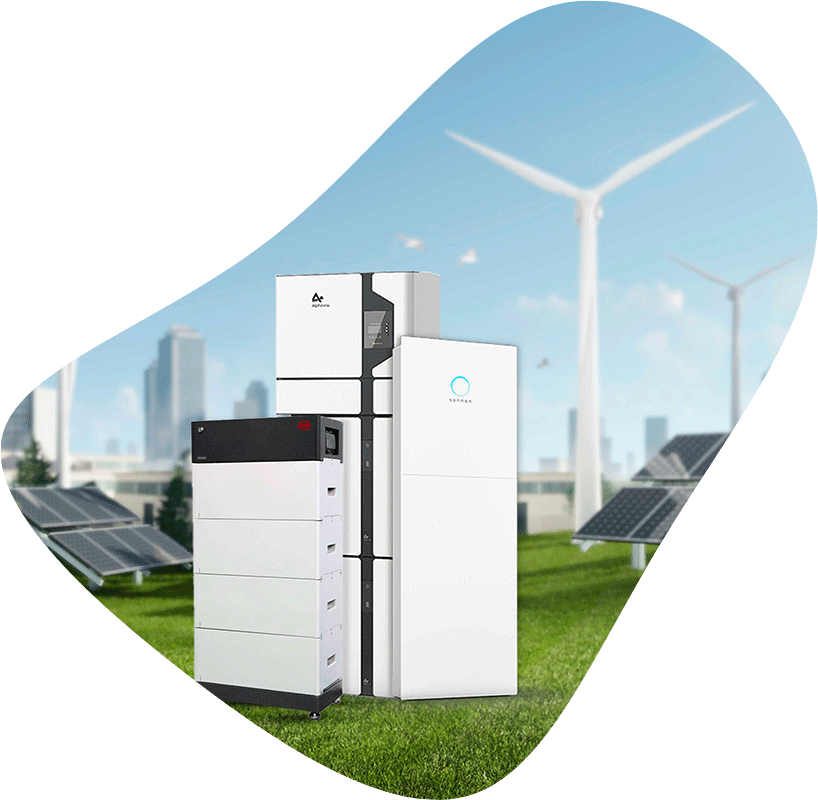Our charger inverters combined with our battery management units act like smart devices that can identify when your solar system is not producing enough energy; hence will supply stored energy from the battery and subsequently, if the batteries are drained, will receive power from the backup generator.
This two-way communication and bidirectional flow will help charge the batteries when the solar system is producing more electricity than what the house requires, allowing you to use the stored energy at night-time or in case of a voltage drop. Also, when a battery is fully charged, the system can figure out to feed electricity back to the grid, allowing you to earn some buck, taking advantage of Feed-in Tariffs (FID). Remember that the capacity of a battery plays a huge role in how much electricity you can store and provide at one go.
There is a phenomenon called Depth of Discharge (DOD), which means that a fully charged battery cannot be totally drained without harming the system. It’s common for many battery types. Usually, lead-acid batteries can draw the maximum out of a battery bank, leaving them almost empty; however, this significantly shortens their lifespan. With many smart systems vastly available nowadays, you don’t have to discharge the battery or plug them back in manually.
Our systems are fully automated and can be monitored either locally or online, providing you a hassle-free operation of the off-grid systems.



